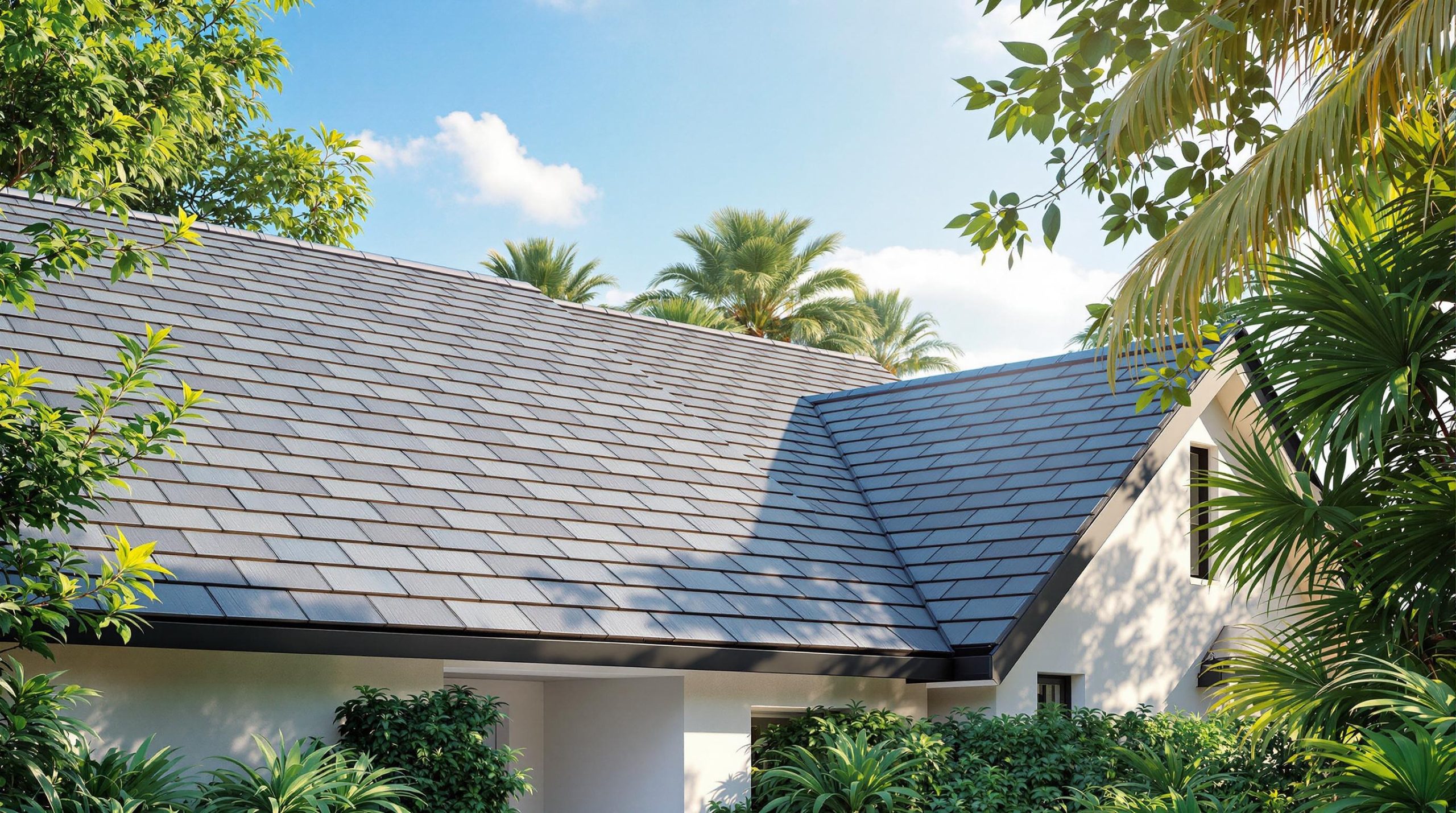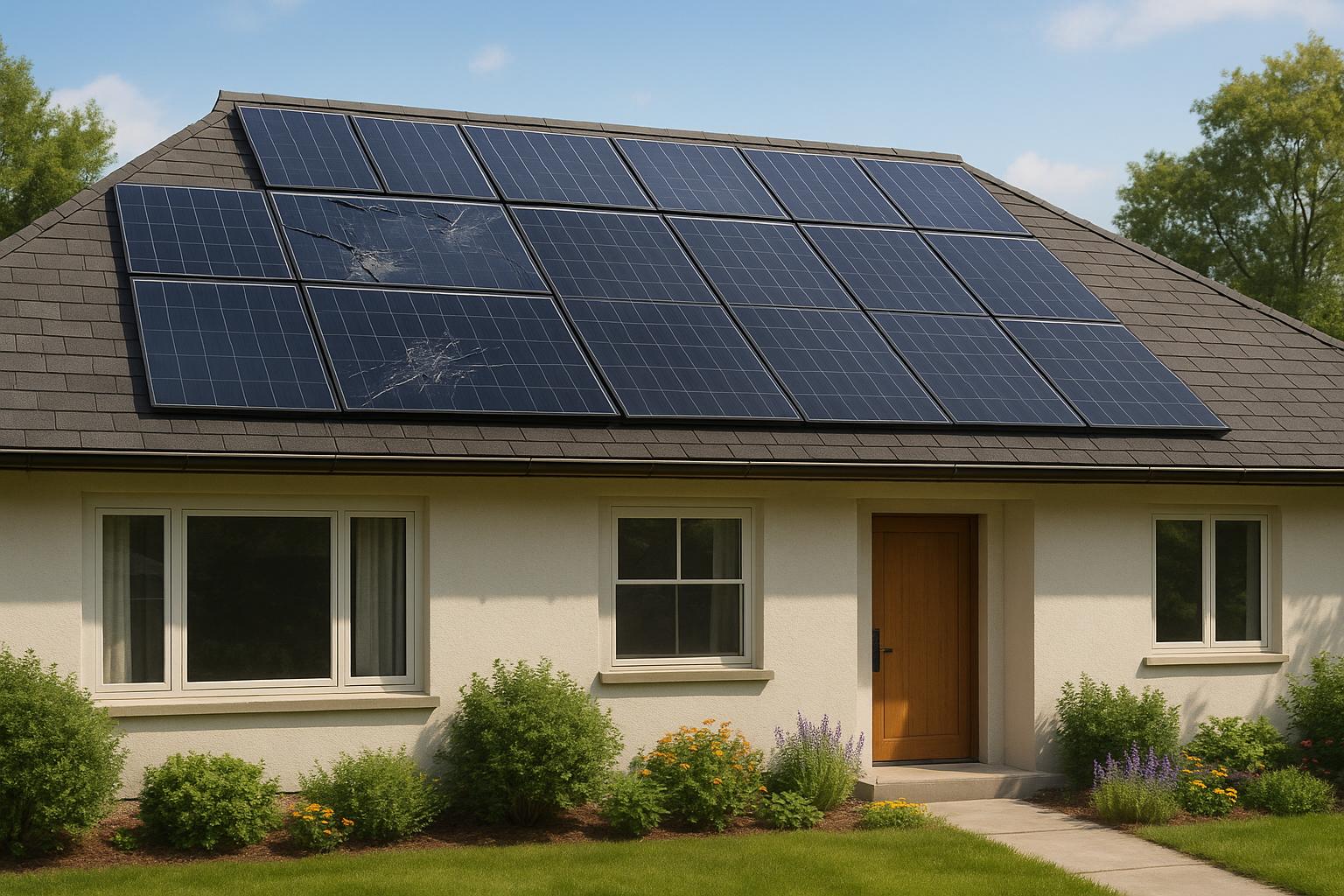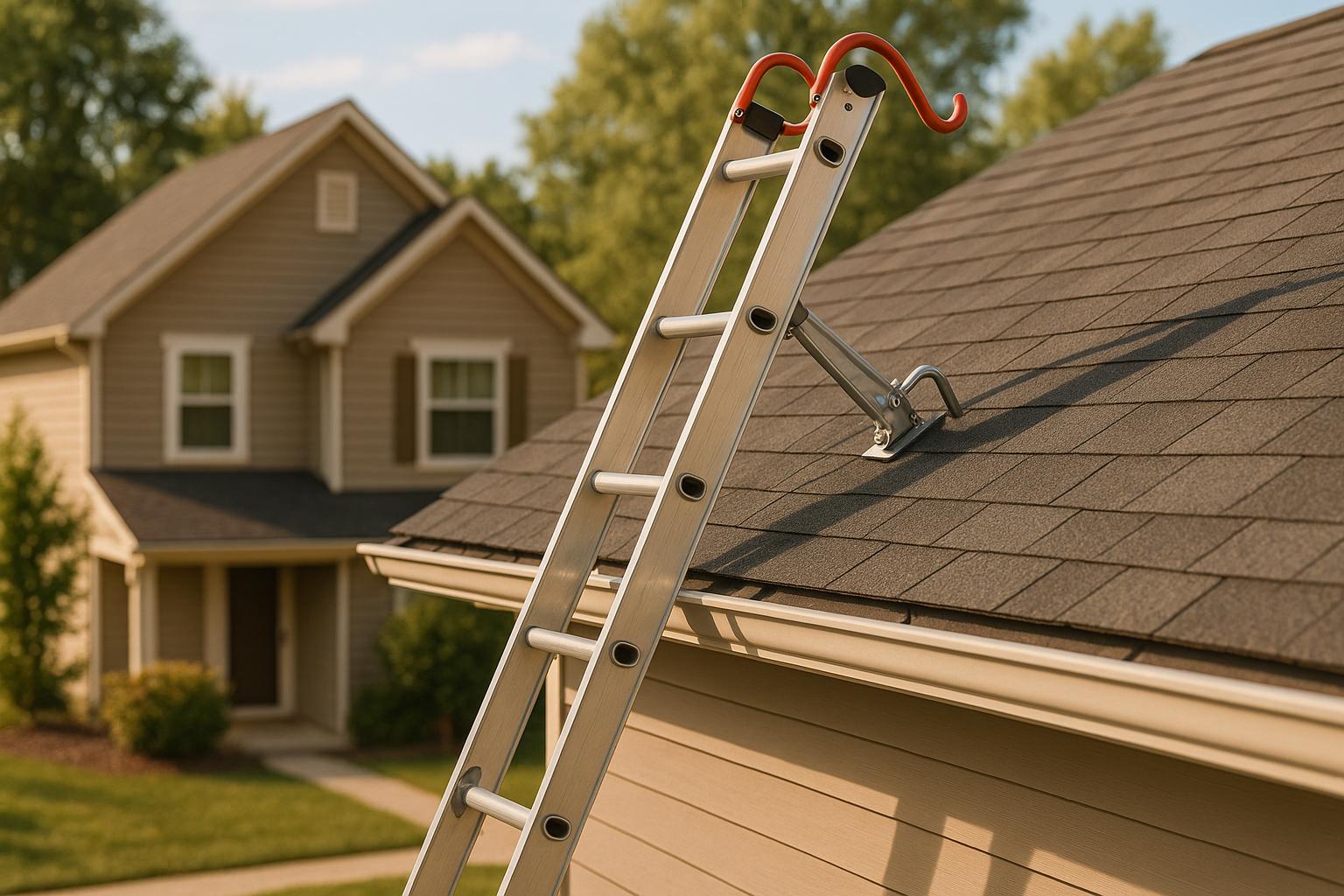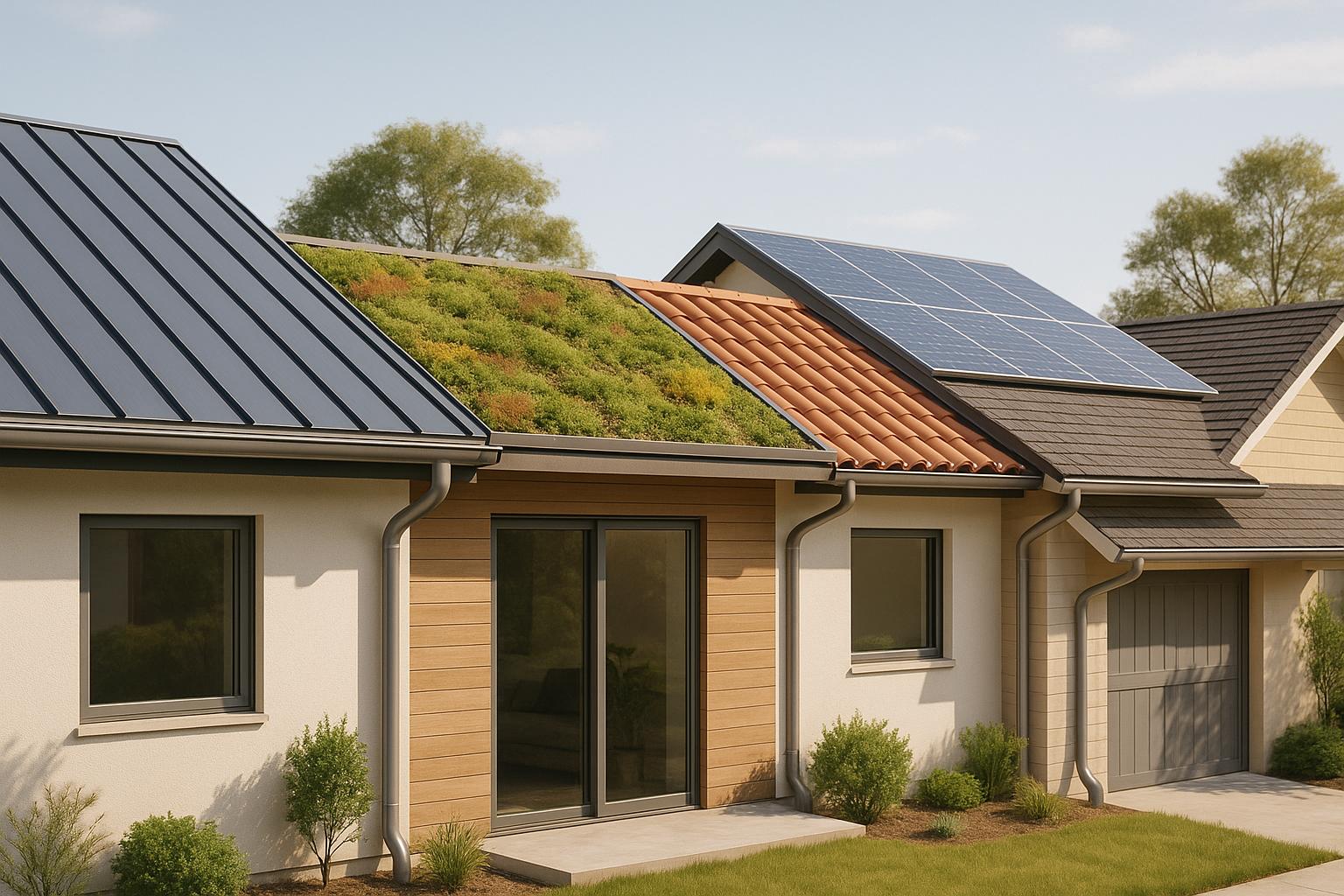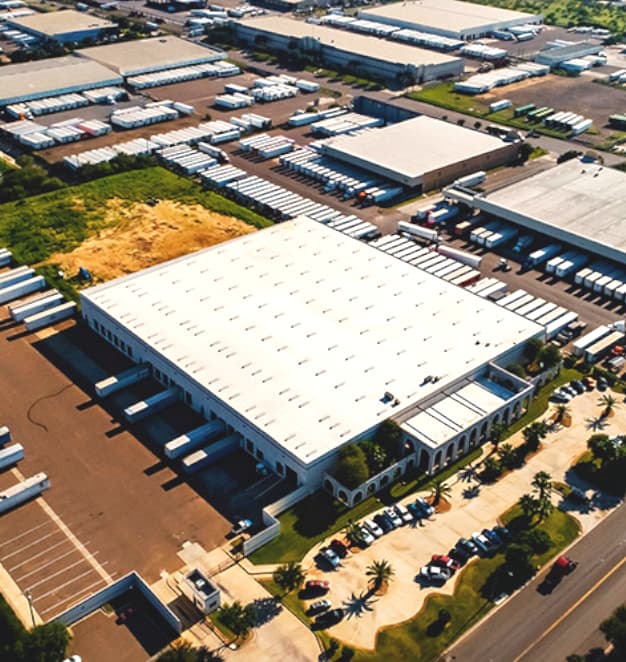Looking for an energy-efficient roof in Los Angeles? Slate roofing might be your best bet. Here’s why:
- Natural Insulation: Slate keeps heat out during summer and retains warmth in cooler months.
- Solar Reflectance: Some slate types reflect sunlight, reducing heat absorption.
- Thermal Mass: Slate absorbs and releases heat slowly, stabilizing indoor temperatures.
- Durability: Slate roofs last for decades with minimal maintenance when installed correctly.
Quick Comparison of Roofing Options in LA:
| Feature | Slate | Asphalt Shingles | Metal |
|---|---|---|---|
| Energy Efficiency | High natural insulation | Moderate insulation | Reflective coatings reduce heat gain |
| Heat Absorption | Absorbs heat gradually | Absorbs more heat, especially dark colors | Minimizes heat absorption with coatings |
| Cooling Impact | Reduces cooling needs | Standard temperature control | Keeps roof temperatures lower |
| Durability | Extremely long lifespan | Shorter lifespan | Long-lasting and sturdy |
| Weight | Heavy, needs support | Lightweight | Lightweight |
| Maintenance | Low, occasional checks | More frequent checks | Minimal upkeep |
Recommendation: If you’re in LA and want a roof that saves energy, slate offers excellent insulation, durability, and long-term savings. Just ensure proper installation and maintenance for the best results.
Everything You Need To Know About Energy Efficient Roofing …
1. Slate Roof Performance
Slate roofs are known for their long lifespan and energy-saving properties, making them a great fit for Los Angeles’s warm climate. Thanks to its thermal mass, slate helps regulate indoor temperatures, while its reflective surface minimizes heat absorption. This combination reduces strain on air conditioning systems and keeps your home more comfortable.
When installed correctly – with proper ventilation, high-quality underlayment, and precise tile placement – a slate roof can deliver these benefits for decades with little maintenance required.
While the upfront cost of slate roofing is higher than some other materials, its durability and energy-saving potential make it a smart choice for Los Angeles homeowners. Partnering with experienced professionals like Prime American Roofing ensures your slate roof is set up to provide maximum efficiency and performance.
2. Asphalt Shingle Performance
Asphalt shingles, often darker in color and with a lower Solar Reflectance Index (SRI), tend to absorb more solar heat. This absorption leads to higher indoor temperatures, especially during Los Angeles’ hotter months, which can increase cooling energy demands.
The insulation provided by asphalt shingles is minimal, allowing more heat to transfer into the home during warm weather. This can result in higher cooling costs and greater energy consumption over time, particularly during extended heat waves.
To reduce energy use and improve performance in Los Angeles’ climate, homeowners can take these steps:
- Choose lighter-colored shingles to reflect more sunlight
- Ensure proper attic ventilation to manage heat buildup
- Keep the roof in good condition with regular maintenance
Next, we’ll look at how metal roofs perform in similar conditions.
sbb-itb-d1d6490
3. Metal Roof Performance
Metal roofs in Los Angeles are known for their ability to help with energy efficiency, thanks to their high solar reflectivity. This feature minimizes heat absorption, which can lead to lower air conditioning usage. To get the most out of a metal roof, proper installation is key. This includes creating an air gap, using reflective coatings, and ensuring good insulation.
When installed and maintained correctly, metal roofs can effectively manage solar heat, helping to cut down on cooling expenses.
Tips for Optimizing Metal Roof Performance:
- Opt for light-colored or specially coated metal finishes to improve reflectivity.
- Pair the roof’s reflective properties with well-planned attic ventilation.
- Use specialized underlayment to enhance the roof’s thermal efficiency.
- Schedule regular inspections to ensure the roof continues to perform efficiently.
These considerations provide a solid foundation for understanding the strengths and challenges of various roofing materials.
Material Strengths and Limitations
After evaluating performance, it’s clear that each roofing material brings its own strengths and challenges, especially when dealing with LA’s unique climate. Here’s a closer look at how these materials perform in terms of energy efficiency, heat absorption, and other factors:
| Feature | Slate | Asphalt Shingles | Metal |
|---|---|---|---|
| Energy Efficiency | Offers natural insulation and thermal mass to help regulate indoor temperatures | Delivers moderate insulation performance | Reflective coatings reduce heat gain effectively |
| Heat Absorption | Absorbs heat gradually, stabilizing indoor temperatures | Tends to absorb more heat, especially in darker colors | Minimizes heat absorption with proper coatings |
| Cooling Impact | Slows heat transfer, reducing cooling needs | Provides standard temperature regulation | Reflective surfaces keep roof temperatures lower |
| Durability | Known for an extremely long lifespan | Shorter lifespan compared to slate | Sturdy and long-lasting |
| Weight | Heavy, often requiring additional structural support | Lightweight compared to slate | Lightweight and simple to install |
| Maintenance Needs | Low maintenance with occasional inspections | Requires more frequent checks | Minimal upkeep required |
These details emphasize how each material interacts with LA’s climate, influencing energy use and overall performance.
Climate-Specific Considerations
- Metal roofs excel in reflecting sunlight, reducing heat buildup, while asphalt shingles may retain heat, especially over extended periods.
- In colder months, slate’s natural insulation helps retain warmth, whereas metal roofs need proper insulation to prevent heat loss.
Installation Matters
Proper installation is key to unlocking the full potential of these materials. For example:
- Slate requires reinforced structural support to handle its weight and ensure long-term stability.
- Metal benefits from ventilation and insulation techniques to enhance energy efficiency.
While slate offers standout natural properties, it’s best suited for homeowners willing to invest in precise installation for long-term performance.
Summary and Recommendations
Our analysis of roofing materials for Los Angeles’s climate highlights slate roofing as a strong option for energy efficiency over the long term. Thanks to its natural thermal mass and excellent insulation, slate performs well in managing LA’s temperature fluctuations. Here are some key recommendations to get the most out of your slate roof.
Steps to Enhance Slate Roofing Efficiency
-
Installation Requirements
Ensure your roof has the right structural support, well-designed ventilation, and high-quality underlayment to boost energy performance. -
Climate Considerations
Install tiles to take advantage of natural cooling, ensure proper drainage for occasional heavy rain, and opt for lighter-colored slate to reflect heat more effectively. -
Maintenance Tips
Schedule annual inspections, check ventilation regularly, and fix any loose tiles promptly to maintain efficiency.
Although slate roofing comes with a higher upfront cost, its durability and energy savings make it a worthwhile investment. Prime American Roofing offers expert installation services to ensure your slate roof meets local building codes and performs optimally in LA’s climate.
Pairing slate roofing with proper attic insulation and ventilation can further reduce cooling costs and help maintain a comfortable indoor environment. When installed correctly, slate roofing can provide substantial energy savings throughout its lifespan.

